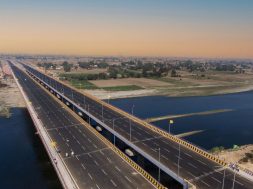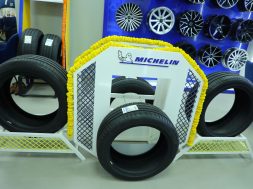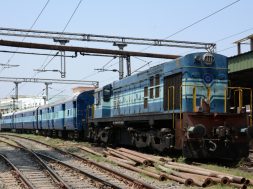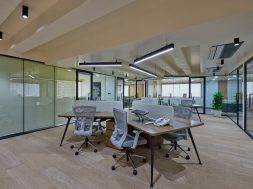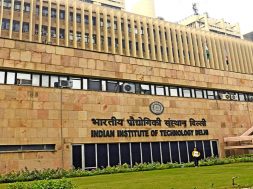Future belongs to driverless trains

Driverless trains have become a reality in today’s time. Having got two antennae for sending out and receiving signals on both sides of track, the train ‘wakes up’ automatically at a pre-programmed time for reaching its designated track, says Namrita Kalsi, Chief Architect, New Delhi Municipal Council. In an interaction with Shashi Kumar Sharma of ACE Update.
What should be the considerations of designing a metro rail project?
As mass rapid transit systems (MRTS) mode, metro rail is the latest and well accepted in urban situation. This is similar to surface trains because it runs on a dedicated and grade separated track but is different due to its style of operation. In this system, most of the problems related to public inconvenience are minimised with added facilities. All metro rails are developed and maintained keeping five features in mind, accessibility, punctuality, safety, comfort and affordability.
How has technological upgradation fuelled the metro industry?
Today, broad metro technological options available in India, or abroad, are high capacity metro system that is a grade separated dedicated system for high- peak hour traffic densities exceeding 45,000 PHPDT. It is characterised by short distances of stations spaced at 1 km, high acceleration and declaration and average speeds of 30-35 kmph. Other options include medium-capacity metro system with peak hour traffic exceeding 25,000 PHPDT and up to 45,000 PHPDT, light-capacity metro system for moderate peak hour traffic densities exceeding 8,000 PHPDT and up to 25,000 PHPDT. Additionally, automated guide way transit system is rail-based or rubber tire-based but fully automated guided systems with driverless operation.
Discuss the existing and emerging trends in this space.
Transit Oriented Development (TOD) is the emerging trend in India such that maximum number of people can live, work or find means of recreation within walking or cycling distance of the MRTS corridors or stations. Major principals are pedestrian and non-motorised transport (NMT) friendly environment, connectivity and network density, multi-modal interchange inducing modal shift, place making and ensuring safety and high density, mixed-use, mixed-income development near stations.
Suggest measures for functional placement of utilities at stations that are aesthetically pleasing too.
Safety-protection from fire, mechanical and electrical accidents and ‘worst case’ projections, time-quick and easy movement, reliability and certainty. Finishes-materials used qualities of sound, light, smell, air-quality and cleanliness. Security-risk of assault, perceived personal threat and easy access to passengers are few of the major station design objectives and measures.
How has metro architecture evolved over the years?
Delhi metro had initially adopted broad gauge rail system so in case if metro system fails to be accepted by public then the same rails can be used to run railway coaches. Today, driverless trains have become a reality. The train ‘wakes up’ automatically at a pre-programmed time, goes to its designated track. It has two antennae through which it sends out and receives signals to wayside antennae placed at 200-400m on both sides of track. If one antenna fails, the other works as standby. Wayside antennae linked with a zone controller through optical fibres. It passes on signals to and from the operations control centre.
Security-risk of assault, perceived personal threat and easy access to passengers are few of the major station design objectives & measures.
Namrita Kalsi, Chief Architect, New Delhi Municipal Council
6
Cookie Consent
We use cookies to personalize your experience. By continuing to visit this website you agree to our Terms & Conditions, Privacy Policy and Cookie Policy.
